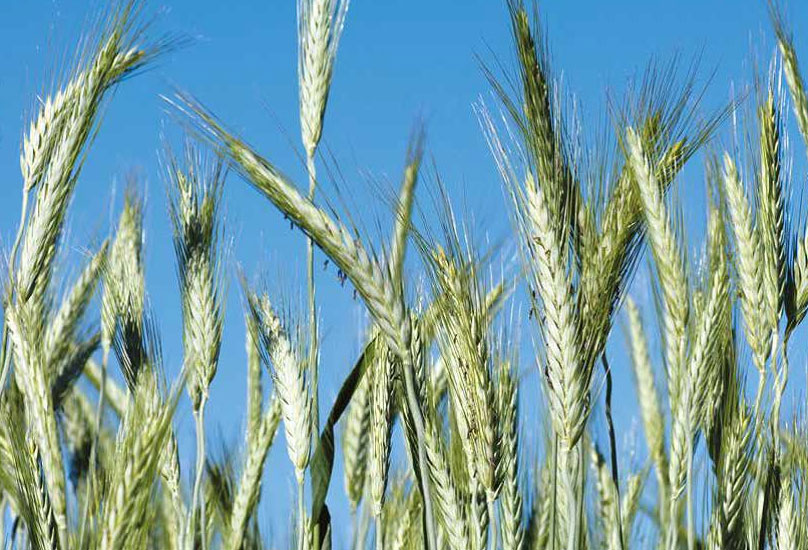
Growth of interest for crops going into the increasing number of Anaerobic Digesters (AD) has been marked over the last two years and is a trend set to continue.
Richard Watkins agronomist with Hutchinsons in Herefordshire considers the option of Hybrid Rye for use in AD plants.
“The main energy crop contender that has historically been grown on farm is maize, and it will continue to be central to the provision of feedstock for anaerobic digesters. However, there are two other options to consider - energy beet and, for those with strictly combinable arable farming systems (without the equipment or contractor for a beet crop) whole-crop foraged hybrid rye, “ says Mr Watkins.
For the feedstock user, the incorporation of rye has shown increases in methane production when used in conjunction with maize. “It speeds up the breakdown phase in the digester – reducing the retention time and increasing output. The dry matter yield of this crop can be close to, or equal to that of maize, especially in the more challenging of growing conditions where maize might struggle from lower soil fertility,” he adds.
“Because this crop matures very quickly, reaching the milky ripe stage as early as late June in many cases, it can be successfully harvested and ensiled well before any maize crop and even triticale.“
This early harvesting then provides two secondary advantages notes Mr Watkins such as the removal of grass weeds (black grass, bromes, ryegrass etc) before too much of their seed is returned to the soil, and also clears land leaving a good gap in time, allowing the chance to encourage further grass seed germination and subsequent kill before the next crop entry.
“Following with wheat will give the longest window of opportunity, but oilseed rape might also follow in a three crop rotation programme.”
“There are two breeders with good products to select from each variety offering features around the key characteristics of output and maturity, Magnific and Progas from KWS and Saaten Union’s SU Drive and Generator.”
“Seed rates and soil conditions need careful attention, the seed from both sources comes in “units” of 1 million seeds at rates typically between 2-2.5 units per ha.”
It’s also important to notice that whilst later sowings are possible with these hybrid types, experience has shown that heavy wet soils with a slug burden can cause establishment issues. “ On lighter to medium bodied soils the crop can be sown into early November, with increased seed rates to compensate for the late drilling time.”
